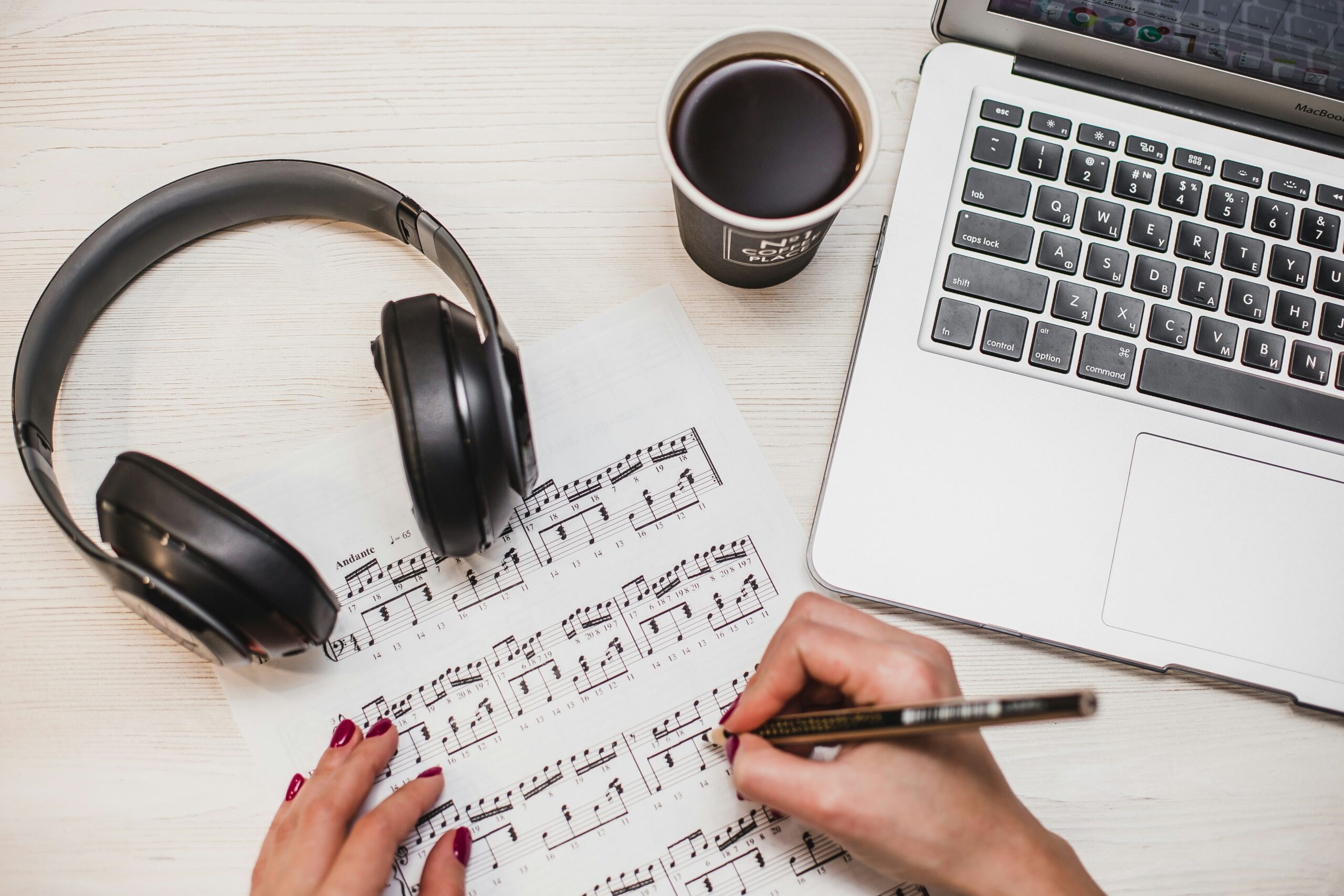
In a world where music is more accessible than ever, many creators still fall into the trap of working in isolation. While solitude can spark creativity, collaboration often unlocks doors you didn’t even know existed. Whether you’re an aspiring songwriter, a seasoned producer, or someone exploring melodies on a laptop, learning to collaborate effectively can completely reshape your composition journey.
1. From Lone Creator to Creative Partner
Many musicians start by composing alone—scribbling lyrics in notebooks, layering beats in a bedroom studio, or humming melodies into their phones. This personal space is valuable, but it can also create blind spots. What feels “finished” to you might sound incomplete to fresh ears.
When you bring someone else into your creative bubble, you add another lens. A lyricist might catch awkward phrasing you overlooked. A guitarist might add a riff that suddenly ties the entire piece together. These creative partnerships don’t diminish your vision; they sharpen it.
Example: Think of Billie Eilish and Finneas. Their sibling collaboration blends Billie’s ethereal vocals with Finneas’s production wizardry, resulting in music that feels both intimate and polished.
2. New Perspectives Inspire New Ideas
Every musician has unique influences, skills, and emotional experiences. By collaborating, you invite those perspectives into your composition. This can lead to unexpected chord progressions, genre fusions, or lyrical angles that you might never have discovered alone.
Imagine working with someone who grew up immersed in jazz while you lean more toward pop. Their harmonic instincts can push your melodies into uncharted territory. The result isn’t just a blend—it’s something entirely original, born from shared inspiration.
3. Division of Strengths Accelerates Progress
Collaboration isn’t just about sharing ideas but also dividing strengths. One person may excel at writing hooks, another at arranging instruments, and another at mixing and mastering. By letting each contributor shine where they’re strongest, you save time and elevate the final product’s quality.
For instance, a producer might handle the technical aspects of sound design while the songwriter focuses purely on melody and lyrics. This division of labor mirrors how professional studios operate, but on a more personal scale.
4. Constructive Feedback Sharpens Your Craft
When working solo, it’s easy to become attached to your initial ideas. Collaboration naturally introduces feedback loops that challenge those attachments in a healthy way. Honest, respectful critique can help identify weak points in your music and push you to refine your craft.
The key is to create a space where feedback feels collaborative, not confrontational. Set clear expectations early on—agree that the song comes first, not anyone’s ego. Over time, you’ll not only produce stronger tracks but also become a more self-aware composer.
5. Shared Energy Boosts Motivation
Creative ruts are inevitable, but collaboration often provides the jolt needed to get unstuck. Working alongside others adds a social, emotional, and even playful dimension to composition. A jam session that starts with light improvisation might unexpectedly birth a fully structured song within hours.
This shared momentum helps maintain accountability. If someone is waiting to hear your verse or bridge, you’re more likely to push through procrastination and deliver. Music becomes less of a lonely grind and more of a shared adventure.
6. Technology Makes Collaboration Easier Than Ever
In the past, collaborating often required being in the same physical space. Today, digital tools have erased that limitation. Platforms like Soundtrap, Splice, or even shared DAW project files via cloud storage allow musicians to co-create across continents in real time.
For example, one artist can lay down a beat in London, send it to a vocalist in Lagos, and have a guitarist in São Paulo record a riff—all within a single afternoon. Using these tools effectively means setting clear file naming conventions, version controls, and communication channels so no creative work gets lost in the shuffle.
7. Collaboration Builds Lasting Creative Communities
Beyond making better songs, collaboration often leads to long-term creative networks. The more you work with others, the more you’re exposed to different circles of musicians, producers, and performers. These connections can lead to live gigs, future collaborations, and opportunities that solo work rarely uncovers.
A simple co-writing session can evolve into a lasting musical partnership. Many bands and production teams began with two people who clicked during a single session. Over time, these communities become invaluable support systems that sustain your artistic growth.
8. Embracing Collaboration as a Skill
Finally, it’s worth recognizing that collaboration is a skill, not just a happy accident. It involves active listening, clear communication, compromise, and trust. Like any skill, it improves with practice.
Start small: co-write a single chorus with a friend, or swap feedback on demos with another musician online. Gradually, as your comfort grows, you’ll learn how to navigate creative differences, balance personalities, and harness the collective power of collaboration without losing your individual voice.
Final Thoughts
Music thrives on connection. Some of the world’s most unforgettable songs exist because two or more minds came together to shape a shared vision. By opening yourself up to collaboration, you’re not diluting your creativity—you’re expanding its possibilities.
Whether through jam sessions, remote production swaps, or spontaneous co-writing, collaboration transforms music composition from a solitary act into a dynamic, evolving conversation. The next time you sit down to compose, consider leaving the door open for someone else to join in. You might just create something extraordinary together.